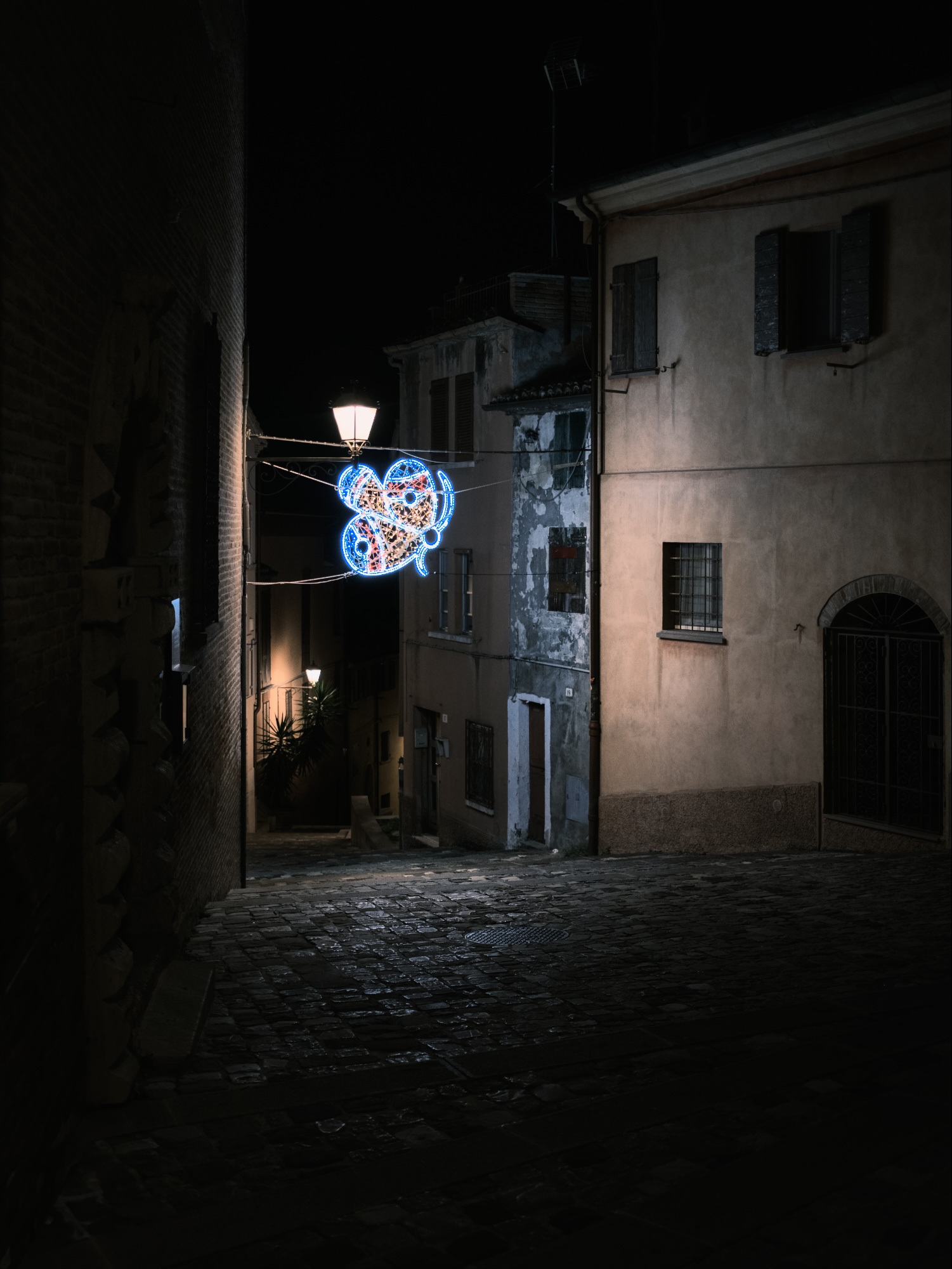Discover HDR.
Learn more about HDR Photography. What it is, why it matters, and how photographers today can make use of the latest image technologies.
HDR Photography: From Exposure Stacking to Modern Standards
High-dynamic-range (HDR) photography has evolved significantly over the past two decades. Historically, photographers used HDR to describe exposure stacking: capturing multiple bracketed exposures (under-, normal and over-exposed) and blending them in software like Lightroom to retain details in highlights and shadows. The merged file was still a standard dynamic range (SDR) image—limited to 8-bit values and a gamma curve based on old CRT displays. While this technique squeezed more tonal detail into a single picture, it didn’t expand the brightness range beyond SDR.
Modern HDR represents something different: encoding and displaying images so they make full use of bright displays and extended colour volumes. Today’s HDR systems employ 10-bit or higher precision and transfer functions such as the Perceptual Quantizer (PQ), which maps signal values to absolute luminance (up to a 10,000-nit specification ceiling). Hybrid Log–Gamma (HLG), by contrast, is a relative curve designed for broadcast and SDR compatibility—it does not map to absolute nit levels. A single RAW file often contains enough dynamic range that bracketing isn’t always needed, though merging exposures remains valuable in some situations.
HDR Formats and Standards for Stills (not video)
This section applies to still photographs only. Video standards like HDR10, HDR10+ and Dolby Vision are out of scope here.
There are two main ways HDR stills are authored and delivered:
• Direct (“full”) HDR stills
Pixel-level image data is stored at 10-bit or higher precision and encoded with a still-image transfer function—practically this is almost always PQ (ST-2084) for absolute luminance mapping. HLG exists but is uncommon for stills and remains relative (broadcast-friendly, SDR-compatible). Direct HDR stills look great on HDR-capable viewers, but files are larger and not inherently backward-compatible with SDR-only pipelines.
• Adaptive HDR with gain maps (ISO 21496-1)
An SDR base image is paired with a greyscale gain map that “lifts” pixels into HDR on capable displays and adapts to the screen’s peak brightness. This keeps file sizes modest and improves practical compatibility. Apple brands this Adaptive HDR, and Google’s Ultra HDR uses JPEG gain maps. Interoperability is improving, but real-world behaviour still varies by app and OS.
Notes:
• PQ = absolute luminance (spec’d up to 10,000 nits).
• HLG is relative, designed for broadcast and SDR compatibility; it does not map to absolute nit levels.
Real-World Challenges: Sharing HDR Images Across Platforms
Despite improvements, sharing HDR images is still tricky. Some HDR gain-map images exported as JPEG, PNG or AVIF can get flattened to SDR or show banding when synced via iCloud or sent through iMessage. Social platforms like Instagram and Threads also interpret HDR encodings inconsistently; results can vary by file format, app path and OS version. Support keeps improving, but there’s still no single, universal HDR workflow that “just works” everywhere every time.
ShareHDR: Streamlining HDR Photo Sharing
To address these problems, I created ShareHDR, an app designed to simplify HDR photo sharing. The workflow starts with a high-quality HDR TIFF export from Lightroom. ShareHDR applies a custom tone-mapping kernel to generate an optimised base image with precise colour reproduction, then packages the result as an HDR HEIC using Apple’s latest HDR processing—or as a properly configured gain-map JPEG. The goal is to deliver files that maintain HDR content when shared via iMessage, survive iCloud syncing and display correctly on Instagram and Threads. By tailoring exports to the best-supported formats, ShareHDR reduces the risk of banding or flattening and helps photographers preserve the “wow” factor HDR can bring.
Why HDR Is the Future of Photography
HDR isn’t a gimmick—it’s the logical progression of how we capture and present light. Think of painting: if a new, whiter paper appears, artists use it to achieve brighter highlights. Photography is similar: modern displays and encodings let us present brighter highlights, more definition in the shadows, smoother gradients and a wider colour gamut.
This isn’t about “HDR-capable cameras”; it’s about using the dynamic range already in your RAW files and processing them correctly into HDR encodings (PQ or gain-map workflows) for today’s displays and platforms.
I’m a photographer first and a technologist second—and being able to share HDR photographs reliably means people finally see the image the way I saw it when I pressed the shutter: crisp highlight detail, nuanced shadow definition and colour that feels true to the scene. As software, browsers and social platforms standardise on modern HDR pipelines, this will simply become the way still photography is shown.

HDR
SDR
